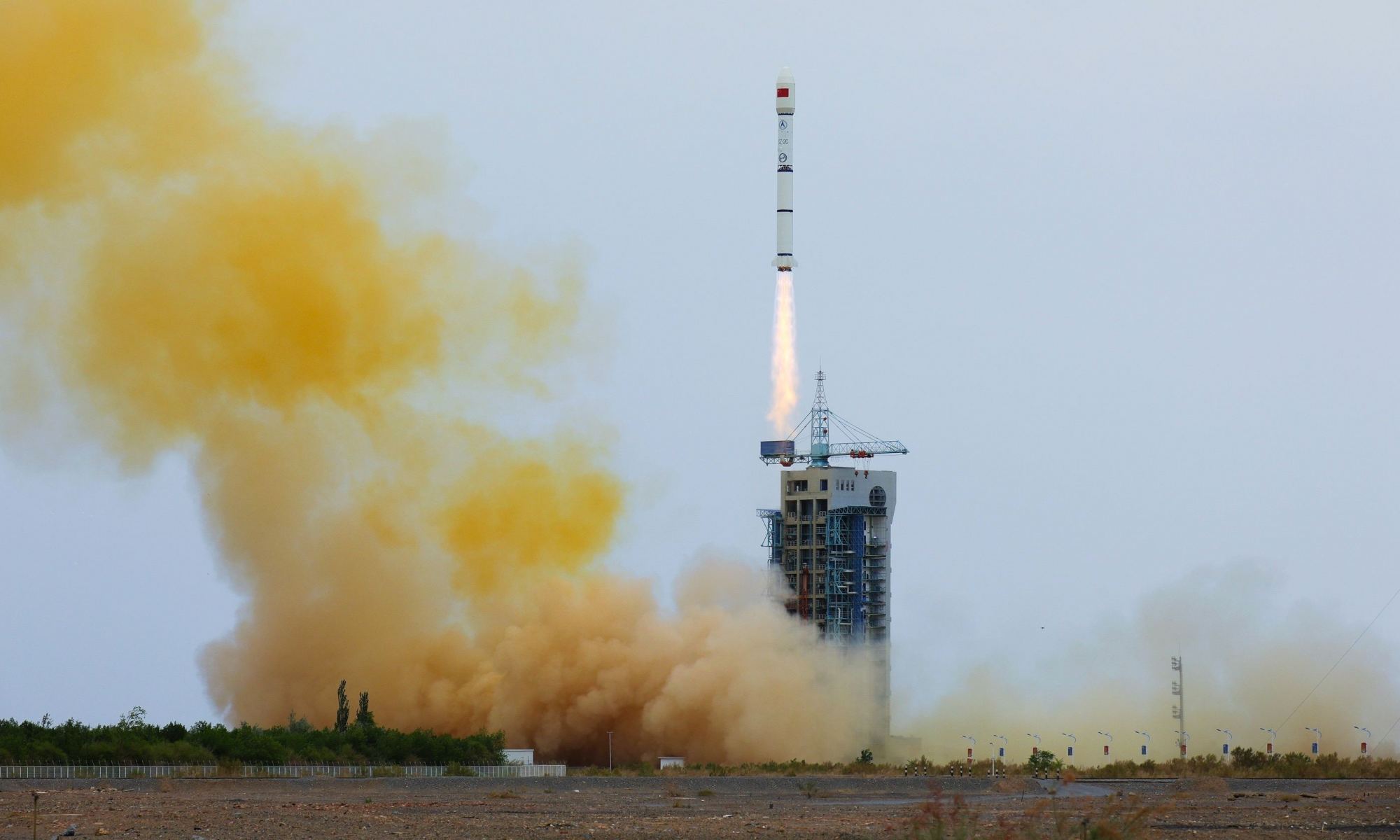Since 2019, Elon Musk and SpaceX have led the charge to create high broadband satellite internet services. As of May 2023, the Starlink constellation consisted of over 4,000 satellites operating in Low Earth Orbit (LEO) and roughly 1.5 million subscribers worldwide. Several competitors began launching constellations years before Starlink began, and several companies have emerged since. This includes HughesNet, OneWeb, and Amazon’s Kuiper Systems. But Starlink’s latest challenger could be its most fearsome yet: a company in China backed by the Beijing government!
On Sunday, July 9th, a prototype internet satellite was launched aboard a Long March 2C carrier rocket from China’s Jiuquan Satellite Launch Center in Inner Mongolia. The satellite has since entered a predetermined orbit, where it will conduct several tests to validate the broadband satellite technology. The long-term aim of the project is to create a constellation of 13,000 satellites code-named “Guo Wang,” – which loosely translates to “state network” in Mandarin – reflecting Beijing’s vision for a state-run share of the satellite internet market.
Continue reading “China Has Begun Launching its Own Satellite Internet Network”

